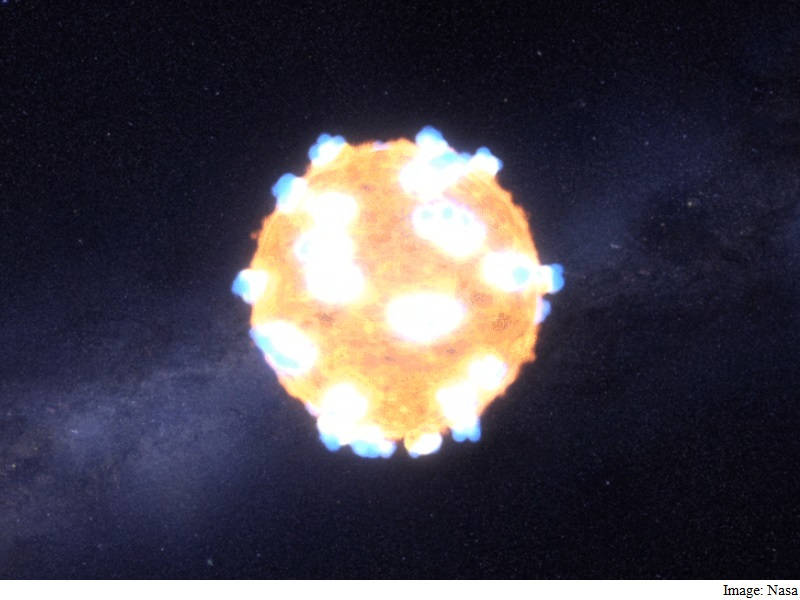Supernova shockwave, the final violent death throes of a star, has finally been seen with visible light for the first time in history.
Scientists had formerly thought that shock breakouts – a shockwave and flash of light that rocks a star just before it explodes into a “supernova” – cause the stars to finally explode.
However, actually watching the process occur has left them guessing about how exactly it happens.
A team of astronomers sifted through three years of data collected by NASA’s Kepler space telescope in order to view the event. The telescope monitored the supernova of two giant stars during the period.
The smaller red super giant star, more than 270 times the radius of the Sun and 750 million light-years away, was seen collapse on itself and blast a brilliant flash, called the “shock breakout”.
However, the other bigger star does not seem to have the shockwave when it exploded.
“We’ve always thought that this is the physical mechanism that allows the star to blow up. So gravity collapses the core down, and once the pressure is too much, you create a neutron star or sometimes a black hole, the rest of the energy rebounds and causes the star to blow up,” Brad Tucker, an astronomer from the Australian National University said.
“It’s been this fundamental thing that we’ve always thought occurs but we’ve never seen it take place,” he said, adding that it had been seen by chance with x-ray telescopes before, but not in great detail.
According to him, the fact one of the supernova they saw with Kepler had the shock breakout and one didn’t, means there’s something to learn.
He posited that the shockwave that wasn’t seen wasn’t strong enough to escape the star’s gravity, since it was a bigger star. The star is about 500 times the size of Earth’s sun.
Tucker said it was possible that something like dust was blocking the view of the shockwave. It could also be that it was because it was further away (2,000 times further than the smaller one). As a result, it was just fainter and was simply missed.



